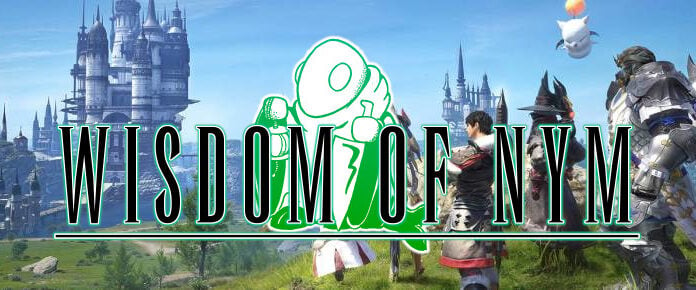
While large teams with big budgets and studios backing them are expected to push out smash hit MMORPGs, to me it’s always vastly more fascinating when a small crew are able to whip up an operational MMO with the odds against them. With so few resources and so much riding on the shoulders of each developer, such games only happen through an unimaginable amount of work and driving passion.
So maybe you have never heard of Minions of Mirth, a 2005 MMO that ran about as quiet as can be for a little over a decade, but I guarantee you that after you read this column, you will have a healthy respect for what a few devs can do when they feel the call to make a virtual world. In many ways, it was a game ahead of its time with a flexible business model and off- and online game modes. I think that deserves a closer look, don’t you?
Fear, work, and stress
In the fall of 2003, married couple Josh Ritter (Engebretson) and Lara Engebretson co-founded Prairie Games, a small California software studio that aimed to make an ambitious online RPG. Josh had experience as a programmer, while Lara was an artist who came out of the Art Institute of Colorado, and so they thought that — somehow — this could be done on a very strict family budget.
“I was programming games professionally when the first MMORPG titles hit the market,” Ritter told Gamasutra in 2006. “Within a few hours of playing, I knew I wanted to develop them. The trick was in figuring out how to as a sole programmer with very limited money.”
The team rapidly outsourced work to a virtual team of 35 others as a decision was made to go with the Torque Engine (which also powered Tribes 2) and program it in Pylon (the same language that EVE Online originally used). There was no time to spare, and work progressed rapidly to bring the game from concept to execution in the span just 11 months. What was even more notable about this endeavor is that the project didn’t have a proper studio, publishing support, or major funding.
“Minions of Mirth‘s development was a blur of fear, work, and stress,” Ritter later said. “The work schedule was extremely rigorous and focused. It was like living in a cult. We were highly motivated, and stressed, by the fear of impending financial doom.”
On- or offline fun
By the end of 2005, the game was ready to launch. Minions of Mirth launched in December for both PC and Mac with plenty of options. Players could enjoy the world as a classic solo offline adventure but also jump online to experience a world populated by crowds of others. There was also a choice of a free-to-play option or a more full-featured $30 premium version.
For a year of development, Minions of Mirth came out swinging with a full set of features. These included 14 regions, “hundreds” of quests, a day/night cycle, in-game weather, 12 races, 16 classes, three factions, and player guilds. Ritter said that he had no expectations on the launch, other than a desire to see it succeed and pay the bills.
Handing over the keys
Even as the development team worked to patch and improve Minions of Mirth, it didn’t want to do so alone. A conscious decision was made early on to invite the community in to the development process by handing over the source code and encouraging experimentation and creation.
“The gamers weren’t only suggesting their opinions and testing the game, but they also took their part in creating quests, characters, dialogues, items and even graphical elements of the game (buildings, for example),” wrote Chick Geek Games in 2011. “Without the faithful community, Minions of Mirth would never became what it was, and never a fan community would get so much of influence on a developing project than with the indie MMO game.”
The soundtrack for the game was composed by one of the game’s artists, Ronald Van Deurzen, who took it upon himself to make this when the project leads were talking about paying for generic studio music. I think what Deurzen whipped up is remarkably good, don’t you?
Gone offline, but not gone for good
Have you ever given any thought to how your MMO will actually end? We’ve seen pretty much every way possible here at MOP, from accidental database deletions to IP tussles to the usual excuse of declining population. For Minions of Mirth, however, it came down to a dead hard drive.
In September 2017, the team running the game announced that a hard drive failure ended up canning the game for good, leading to a permanent shutdown. Prairie Games had some other small projects going on, including a mobile title, but the studio has been incredibly quiet ever since.
At least owners of the game weren’t completely shut out of their old stomping grounds, as the single-player offline mode continued to function after the MMO portion was taken offline. In fact, if you want to play it yourself right now, there’s nothing to stop you! That’s a consolation prize that most MMORPGs don’t offer upon sunset, and it’s good to know that out there somewhere, a player or two might be loading up Minions of Mirth right now.
 Believe it or not, MMOs did exist prior to World of Warcraft! Every two weeks, The Game Archaeologist looks back at classic online games and their history to learn a thing or two about where the industry came from… and where it might be heading.
Believe it or not, MMOs did exist prior to World of Warcraft! Every two weeks, The Game Archaeologist looks back at classic online games and their history to learn a thing or two about where the industry came from… and where it might be heading.
















